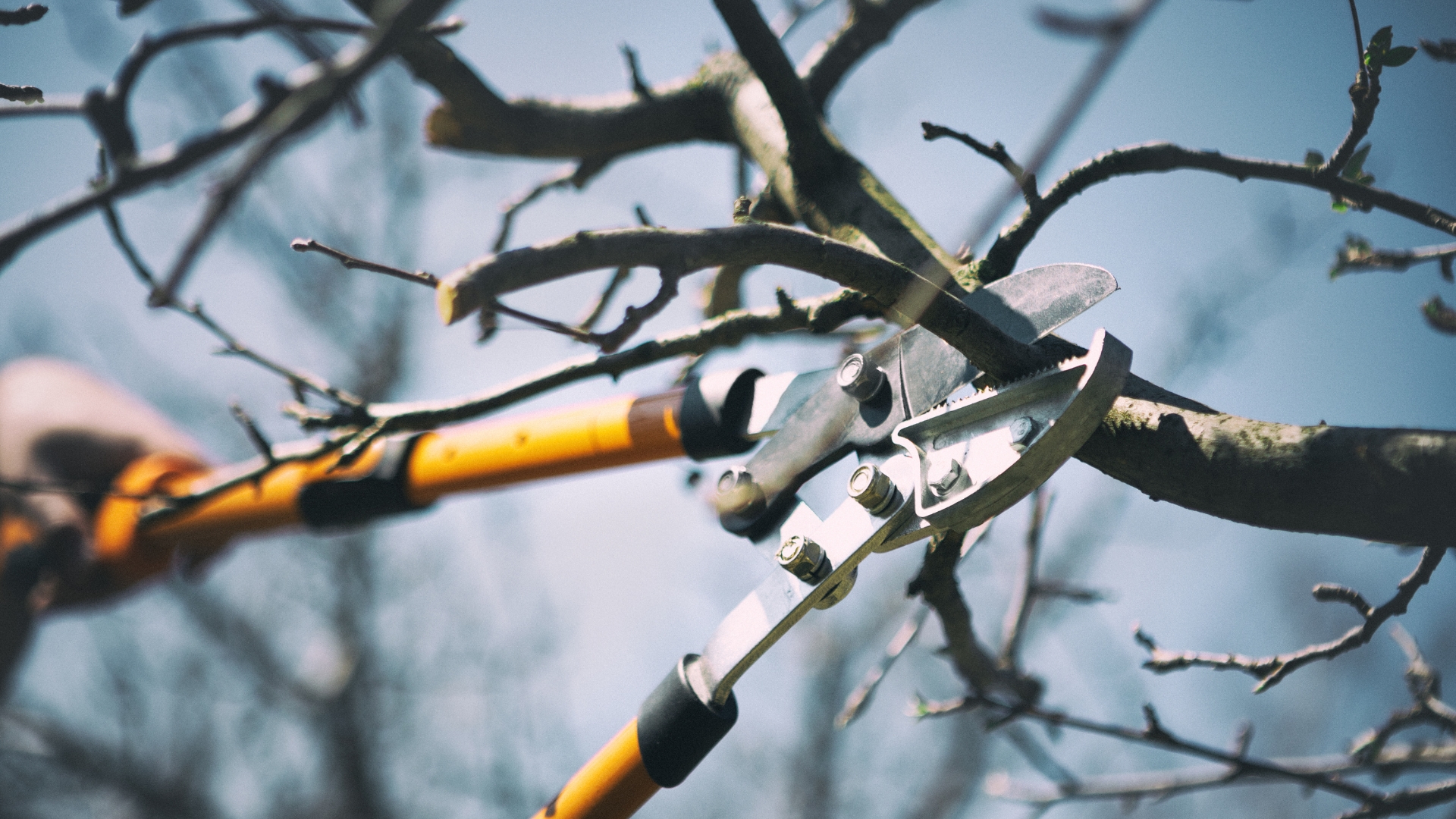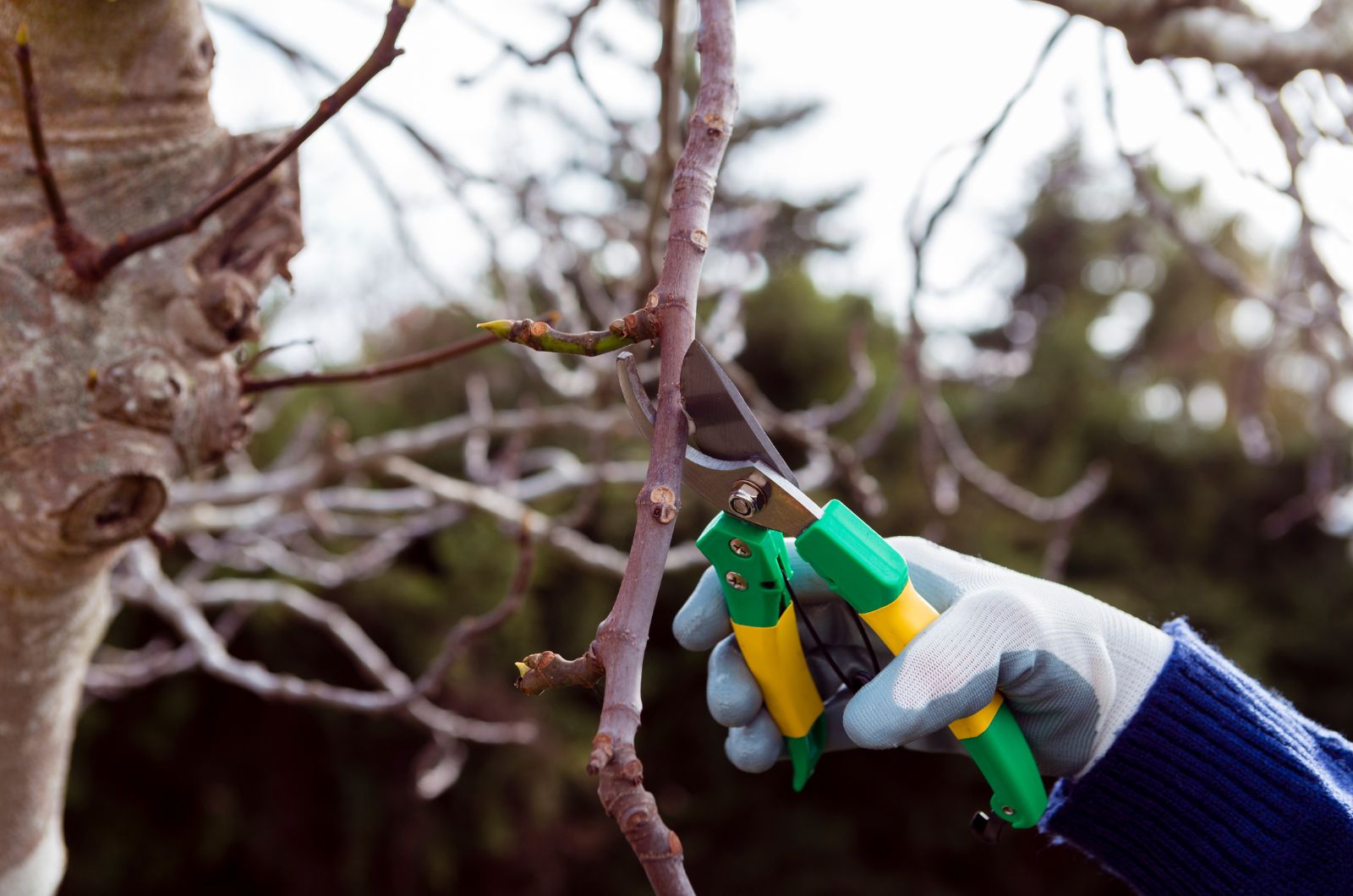The flavor of homegrown apricots is incomparable, so we should do anything to keep these fruit trees healthy. Pruning is an essential aspect of apricot care, so you should pay close attention to how and when you prune.
Unsightly appearance, poor harvest, and increased susceptibility to diseases are just some of the issues that can occur if you don’t prune these trees.
In this article, I’ll show you how to prune an apricot tree in different growth stages.
Let’s get started!
Pruning A Young Apricot Tree
There is a difference between pruning juvenile and already established apricot trees. Our goal is to prune in order to get the desired shape and give the tree a head start.
When it comes to pruning apricot trees, the first step is to cut off any damaged or diseased branches. The next in line are branches that go off at odd angles.
Additionally, you should remove branches that are too long so that the trunk is clean to approximately 18 inches.
Here are some tips that can help you determine which branches to remove when pruning juvenile apricot trees.
• Cut off all the diseased and damaged limbs on your young apricot tree.
• Get rid of branches that are forming a narrow crutch.
• Make sure there’s about 6 inches of space between the branches.
• Cut off branches that develop from the main apricot trunk below 18 inches.
• Cut back the lateral branches to approximately 2-4 inches, making sure at least one bud is left.
By cutting off apricot branches that grow upwards, you aid in forming an open center.
As each winter approaches, prune branches that extend in undesirable directions, be it upward, downward, or inward towards the center of your apricot tree.
Pruning An Established Apricot Tree
An apricot tree that’s older than 4 years is considered established since it starts producing its delicious fruits. The main goal of pruning in this case isn’t getting the desired shape, but rather a healthier tree that will produce more fruits.
If you’ve pruned your apricot correctly when it’s still young, things get easier once the tree is established.
The first step is always the same: cut off any damaged, diseased, and discolored apricot branches. If there are crossing branches, make sure to get rid of them, too.
You can remove the older branches that aren’t fruiting (older than 4 years) so that the tree can focus on generating fruits from new branches.
Keep all the healthy shoots and shorten some branches to prevent overcrowding.
If you grow stone fruit, aim for a shape similar to a candelabra for best results.
Trim the branches to buds that extend outward instead of upward to enhance air circulation and allow more sunlight to reach all parts of the tree.
Never cut off more than 25 percent of the tree’s branches at once.
Pruning An Overgrown Apricot Tree
If you have an overgrown apricot tree, you should keep pruning it for a few years until you get the desired shape. Heavy pruning can do more harm than good to your apricots.
You’ll stress the tree and, even if it sends new shoots quickly, it will be susceptible to pests and diseases.
The main goal of the first pruning of your overgrown apricot tree is to remove the damaged or diseased branches.
Then focus on removing the older growth every year, which will create an open center and help you get the desired shape.
Having more trees in your yard is super beneficial, especially when it comes to fruit trees such as apricots, but don’t forget to prune them for healthy growth and an abundance of fruits.



